Introduction
In the vast tapestry of Chinese cuisine, regional specialties shine like jewels, each reflecting the unique flavors, traditions, and culinary ingenuity of their respective regions. Among these culinary treasures, Yangzhou Lion’s Head (Shizi Tou) stands out as a masterpiece, embodying the essence of Jiangsu cuisine with its delicate balance of flavors, meticulous preparation, and aesthetic presentation. This dish, renowned for its grand appearance and exquisite taste, is not merely a meal but an art form that has been perfected over centuries.
Originating from Yangzhou, a city renowned for its gardens, bridges, and culinary excellence, Yangzhou Lion’s Head is a symbol of the region’s rich culinary heritage. Its name, derived from its resemblance to a lion’s mane when steamed, hints at both its regal status and the intricate skill required to create it. This article embarks on a culinary journey, exploring the intricate steps, ingredients, and techniques involved in crafting this legendary dish, while also delving into its historical background and cultural significance.

Historical Background and Cultural Significance
The history of Yangzhou Lion’s Head is intertwined with the city’s storied past. Yangzhou, located on the Yangtze River, has been a hub of culture, commerce, and cuisine for centuries. Its strategic location has made it a melting pot of flavors, influencing its culinary traditions. The dish itself is believed to have originated during the Tang Dynasty (618-907 AD), a period of great prosperity and cultural exchange in China.
Initially, Lion’s Head was a dish reserved for the imperial court, a testament to its luxurious nature and the skill required to prepare it. Over time, it became more accessible to the general populace, evolving into a beloved dish associated with festive occasions and family gatherings. The dish’s name, with its lion imagery, carries symbolic meaning. In Chinese culture, lions are revered as symbols of power, bravery, and good fortune, making Lion’s Head an apt choice for celebrations and special occasions.
Ingredients and Preparation
Crafting Yangzhou Lion’s Head is an art that requires patience, precision, and a keen understanding of ingredients. The dish’s primary component is pork, specifically pork shoulder or belly meat, chosen for its balance of fat and lean, which ensures a juicy and tender texture when cooked. However, the magic of Lion’s Head lies not just in its meat but also in the harmonious blend of seasonings and supporting ingredients that elevate it to a culinary masterpiece.
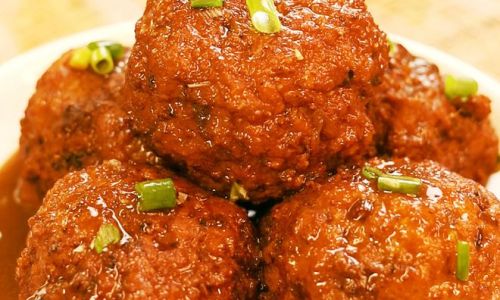
Selecting and Preparing the Meat
The first step in making Yangzhou Lion’s Head is selecting high-quality pork. The meat should be fresh, with a good ratio of fat to lean. Once selected, the pork is finely chopped by hand or using a meat grinder, ensuring that the texture remains tender and uniform. This meticulous chopping process is crucial, as it helps to blend the flavors and textures evenly.
Seasoning and Binding
To the chopped pork, a variety of seasonings are added, including ginger, garlic, scallions, soy sauce, Shaoxing wine, salt, and white pepper. These ingredients not only flavor the meat but also enhance its aroma and taste. A key ingredient is water chestnuts, finely chopped, which add crunch and a refreshing sweetness to the dish. To bind the mixture together, a small amount of cornstarch or egg whites may be used, ensuring that the meatballs retain their shape during cooking.
Shaping the Lion’s Head
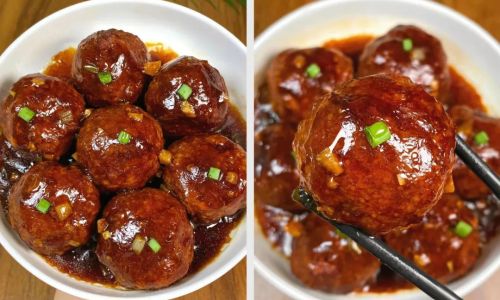
The shaping of Lion’s Head is both an art and a science. The seasoned meat mixture is gently molded into large, oval-shaped meatballs, each weighing approximately 150-200 grams. The skill lies in creating a smooth, compact exterior while ensuring the interior remains moist and flavorful. The meatballs are then gently flattened slightly, giving them a lion’s mane-like appearance when steamed.
Preparing the Broth
The broth that accompanies Yangzhou Lion’s Head is equally important, adding depth and richness to the dish. It typically consists of chicken or pork bones, simmered for hours to extract their flavors. To this, ginger slices, scallions, and a splash of Shaoxing wine are added, creating a fragrant and flavorful base. The broth is then strained to remove any impurities, leaving a clear, golden liquid that serves as the foundation for the dish.
Steaming the Lion’s Head
Once the meatballs and broth are ready, they are combined in a steaming dish. The meatballs are carefully placed in the broth, ensuring they are not overcrowded. The dish is then covered and steamed over boiling water for about an hour, allowing the flavors to meld and the meat to cook gently. The steaming process is crucial, as it preserves the juices and ensures a tender, moist texture.

Finishing Touches
After steaming, the Lion’s Head is ready for its final presentation. The steaming dish is garnished with chopped scallions, cilantro, or watercress, adding a fresh, vibrant touch to the dish. A drizzle of sesame oil and a sprinkle of white pepper can also be added for extra flavor. The broth, now enriched with the flavors of the meatballs, is served alongside, making for a complete and satisfying meal.
Serving and Enjoying Yangzhou Lion’s Head
Yangzhou Lion’s Head is traditionally served as a main course, accompanied by steamed rice or noodles. The meatballs are tender, juicy, and bursting with flavor, while the broth is rich, fragrant, and perfect for sopping up with rice. The dish’s presentation is also noteworthy, with the meatballs resembling lions’ heads, surrounded by a golden broth and garnished with fresh herbs.
When enjoying Yangzhou Lion’s Head, it is important to appreciate its various layers of flavor. The meatballs offer a harmonious blend of savory, sweet, and slightly tangy notes, while the broth adds depth and complexity. The crunch of the water chestnuts provides a delightful contrast to the tender meat, making each bite a delightful experience.
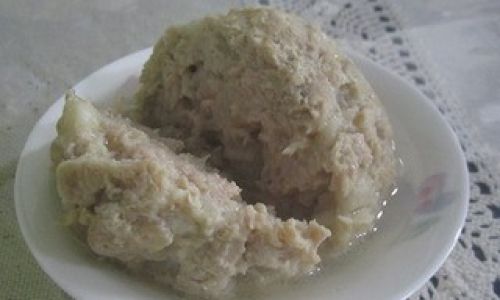
Conclusion
Yangzhou Lion’s Head is a culinary masterpiece that transcends mere eating, becoming an immersive experience that engages the senses and satisfies the soul. Its preparation is a labor of love, requiring skill, patience, and a deep understanding of ingredients and techniques. More than just a dish, Yangzhou Lion’s Head embodies the essence of Jiangsu cuisine, reflecting the region’s rich culinary heritage and cultural pride.
As we conclude this culinary journey, it is worth reflecting on the significance of Yangzhou Lion’s Head beyond its taste. It is a dish that connects past and present, a testament to the ingenuity and dedication of generations of chefs. It is a symbol of unity and celebration, bringing families and friends together over a shared meal. And, most importantly, it is a reminder of the beauty and diversity of Chinese cuisine, a vast and ever-evolving tapestry of flavors, textures, and traditions.
In the heart of Yangzhou, where gardens bloom and rivers flow, Yangzhou Lion’s Head continues to be celebrated, enjoyed, and perfected. It is a dish that, like the lions it is named after, stands tall and proud, a guardian of culinary excellence and a beacon of cultural pride. As we savor each bite, let us remember the artistry and history behind it, and appreciate the joy it brings to our lives.
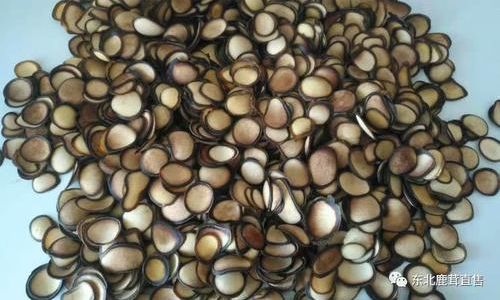
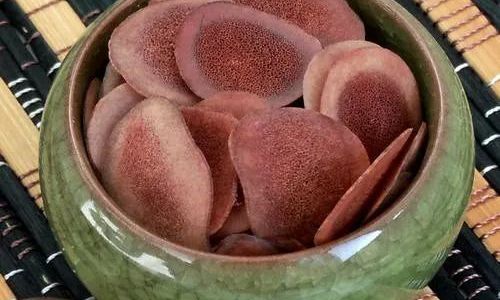

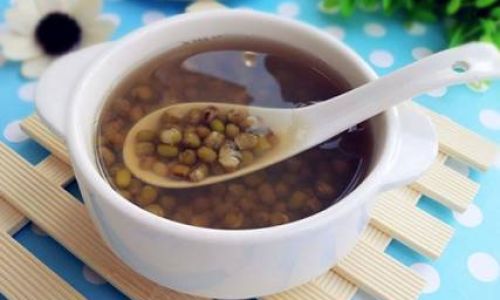
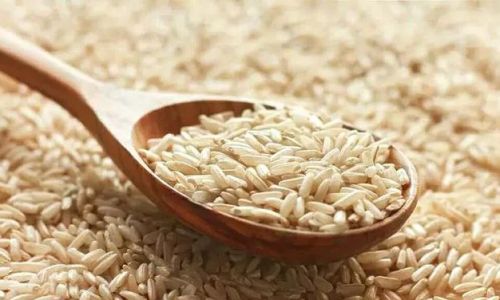
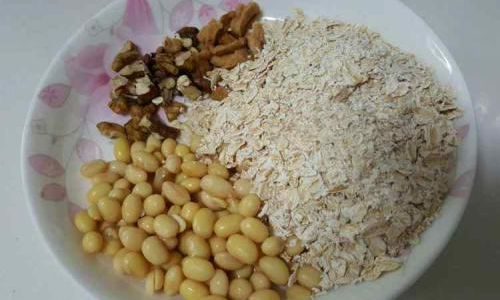
0 comments